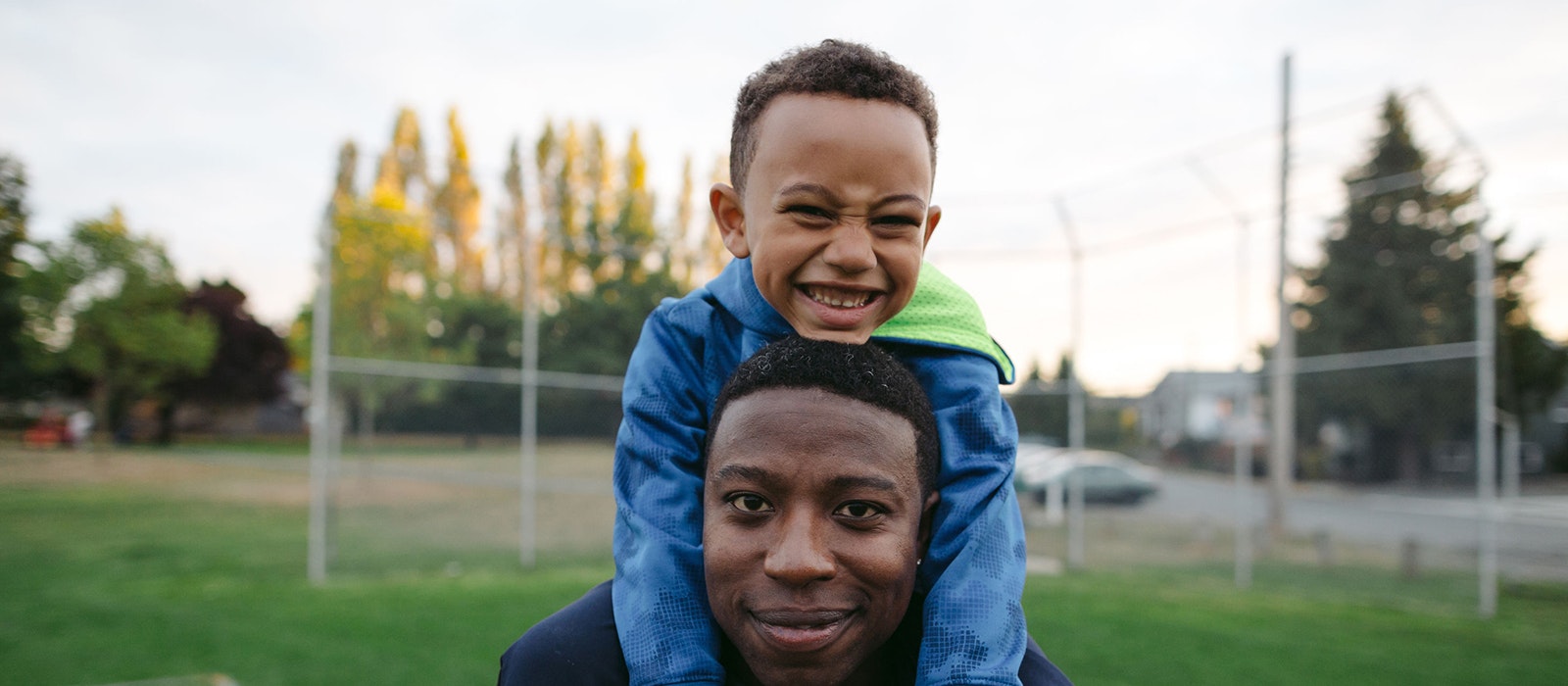“High rates of infection and death among people of color are likely to get even higher as the coronavirus spreads through the nation’s jails and prisons.”
New data from states and cities around the United States shows that Black and Latino people are getting sick and dying from the novel coronavirus at alarming, and heavily disproportionate, rates. In Chicago, Black people account for almost three-quarters of virus related fatalities, but less than a third of the city’s population. In New York City, Latino and Black residents are dying at twice the rate of white residents when adjusted for age. Similar disparities, particularly for Black Americans, are repeated in other states and cities reporting infections or deaths by race, including Mississippi, Michigan, Louisiana, Las Vegas, and North and South Carolina, as well as a new report on hospitalizations from the Centers for Disease Control. Although there is not yet data on the impact on other racial and ethnic minority communities, including Native Americans, high rates of underlying health conditions could cause similar disparities as infections expand across the country. People of color in the United States are less likely to be insured, more likely to have existing health conditions, more likely to work in jobs that continue to expose them to the virus, and less likely to be tested and treated when ill.
All of these existing disparities are concentrated and compounded in America’s system of mass incarceration. High rates of infection and death among people of color are likely to get even higher as the coronavirus spreads through the nation’s jails and prisons.

